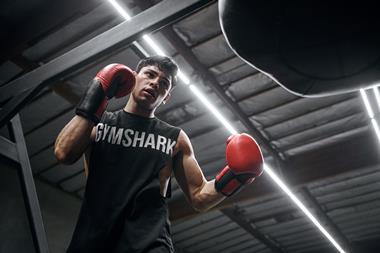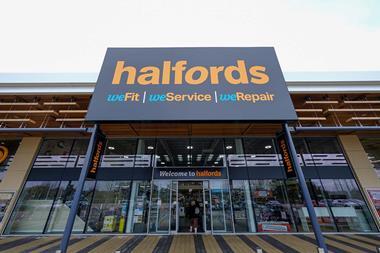As JJB Sports frantically searches for a buyer to secure its future, Retail Week looks at where the retailer, which used to be the clear sportswear market leader, went wrong.
JJB Sports raising the ‘for sale’ sign over its business is one last throw of the die for the retailer which has been in constant decline for the past five years. It has made many, near fatal, errors over that time period which has led to its current precarious position.
NOT REACTING TO THE COMPETITION SOONER
The retailer’s biggest failure was not reacting to the threat of Mike Ashley’s Sports Direct. Just 10 years ago, Sports Direct had just 90 stores which it has grown to nearly 400 today. Meanwhile, in the past five years JJB has shrunk from 416 stores to just 180.
Conlumino managing director Neil Saunders said: “JJB underestimated Sports Direct. It saw it as downmarket, all about bargains and not a serious player. But it professionalised and became much more important for sporting goods. They didn’t see it coming.”
Sports Direct built strong relationships with the major sports brands – Nike even has a training academy at the retailer’s Shirebrook headquarters – to secure cutting edge product in store. The retailer’s super-efficient supply chain and ever-growing own product offer meant it could keep prices at levels that JJB couldn’t compete with.
UNCLEAR PROPOSITION
Despite its constant proclamations that it is the “authentic sports retailer”, JJB’s offer does not reflect that.
The retailer straddles an uncomfortable middle ground between a one which is serious about sport and one which relies on discounting. JJB is suffering from an “identity crisis” according to Saunders, which the customer also feels in its stores.
EXCLUSIVE PRODUCT
JJB Sports’ former boss Keith Jones recognised that having cutting edge, exclusive product was going to set the retailer apart, however with dwindling sales and an ever decreasing store portfolio convincing top brands to give it such products was always going to be a challenge. Also, unlike rivals Sports Direct and JD Sports, JJB’s own brand offering, which serves as a differentiator in a brand-centric market, is not as strong.
INEFFECTUAL RESTRUCTURING
JJB’s current predicament comes after not just one but two CVAs processes. Despite shedding over half of its store portfolio, the retailer is still substantially loss-making.
The retailer has been gifted lots of time and additional funds from shareholders which, until now, have been supportive. However much restructuring work still needs to be done.
Saunders says: “It was like having a patient who was ill; you can find a cure or treat the symptoms. JJB always opted for the latter. They would do a little restructuring or try to just tide the retailer over.”
POOR STORE ENVIRONMENT
Despite JJB claiming that it is the place to go for people who are “serious about sport”, its store environment is less than awe-inspiring for our would-be sportsmen and women. JJB recognised this and pushed through a new, rather impressive, store format earlier this year when it received investment from both Adidas and US retailer Dicks’ Sporting Goods in April. It had planned an aggressive roll-out plan of the format before it ran out of cash last month.
The new format could be too little, too late. The shopping experience could have been a big differentiator from rival Sports Direct, which is famous for its ‘pile ‘em high, sell ‘em cheap’ strategy – however, JJB’s stores have been unloved and under-invested in for too long.
More than 10 parties in the running for JJB
- 1
- 2
- 3
 Currently reading
Currently readingAnalysis: JJB Sports - what went wrong?
- 4
- 5
- 6































3 Readers' comments